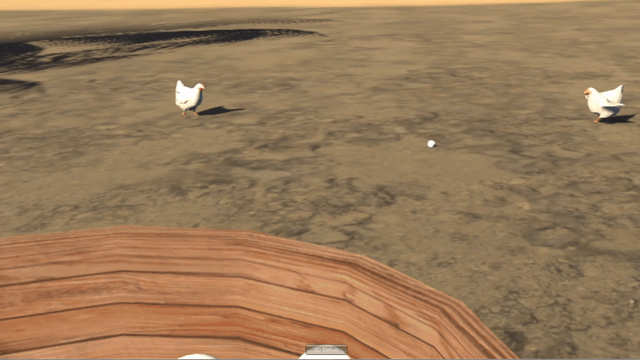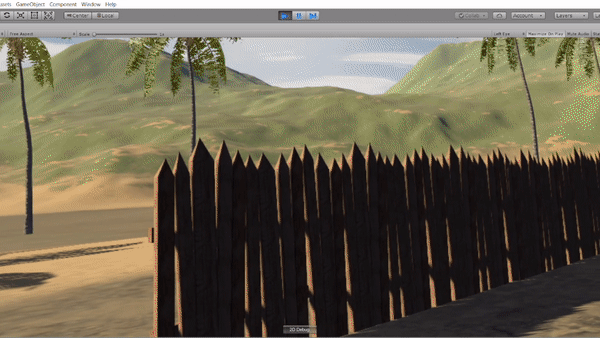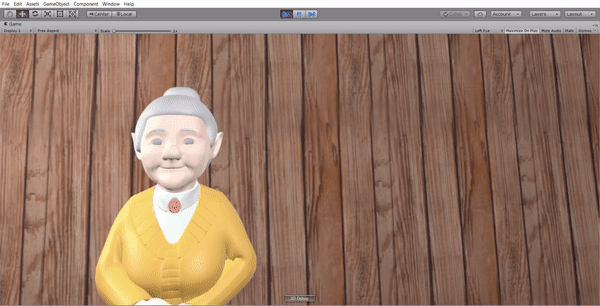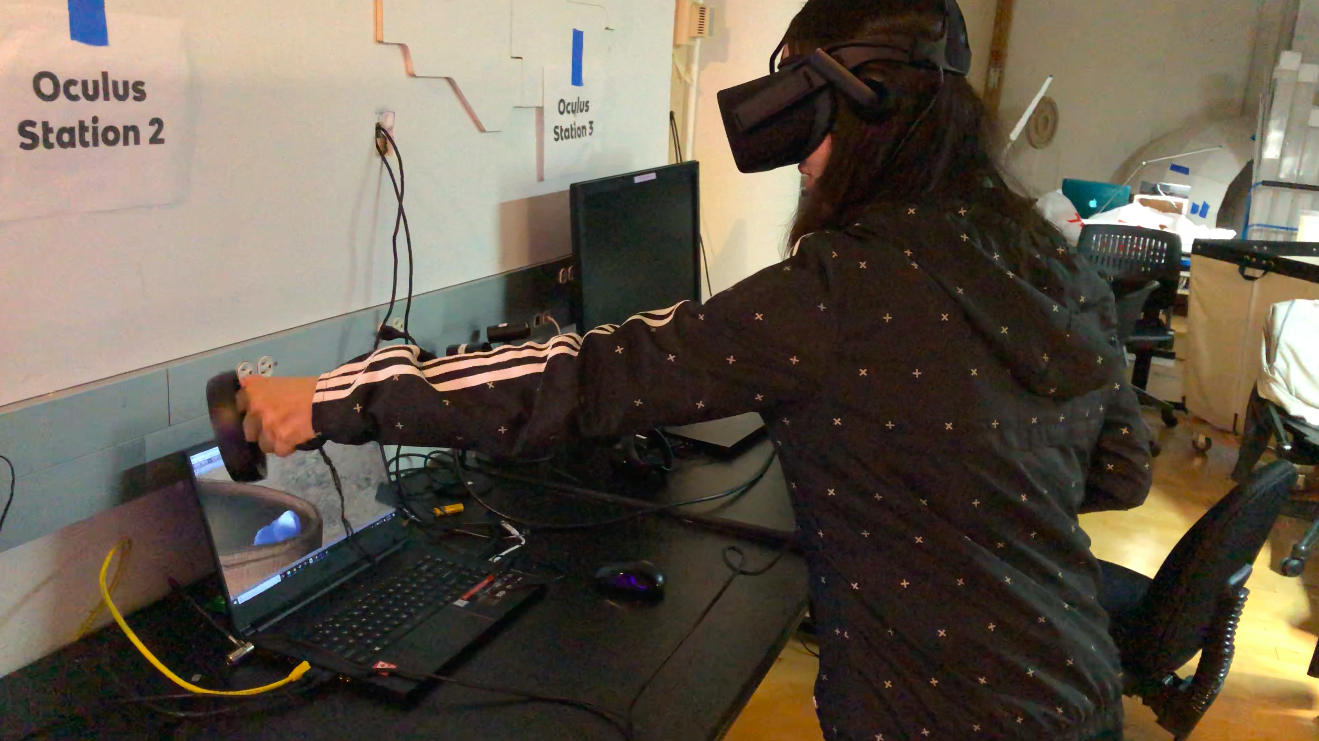
Grandma's Garden
Grandma’s Garden
A childhood memory brought to life in a VR game experience that evokes feelings of home

Grandma’s garden is an interactive VR game and experience inspired by my childhood memory with my grandma on a faraway island. User can walk and explore the VR scene, interact with objects by feeding chicken and picking veggies, and completed two different tasks based on the clues in the VR world.
I brought my memory to life in this VR piece, inviting people to come inside of my world to experience the hospitality, and fun that comes from a Southern Chinese town. This project tends to stimulate user’s feelings towards home and family - when love is simple and around.
I wish to hold my love to grandma in this little interactive piece, where she was always be there to raise her chicken, grow her veggies, and wait for her beloved people to come back home for Chinese New Year.
Process

Research

Before diving into storyboard, design and development, I asked myself three questions.
In what environment and circumstance would make people feel at home, especially in a virtual world where they are not familiar with.
How to make user feel physically immersed in the VR world.
How to create presence and make user engaged in the virtual world.
Insight
90% of users believe a relaxing, hospitable ambient with tasty food is the prerequisite of making themselves at home.
Sensorial information such as visual, binaural and stereoscopic audio, haptic feedback, animation that gives brain an impression that you are in another place, which makes user feel immersive.
A compelling story, interactive experience, consistent attention shifts and smooth transition from one world to another are the keys of presence and engagement.
User Journey
According to the research, environment design, immersion and presence are the three important things to create a VR game experience. Users need to realize and feel that they are on an island and experience the whole thing. Therefore, I come up with a comprehensive story and user journey that would integrate gestures and interactive effects into this VR piece.

Design I
Hightlight
Point of Interest
POI helps to inform consequential editing decisions, like which world user might want to go next. I used the moving chicken to be the POI so users could make decision without too much guidance

Cues
There will be some pop-up prompts in case user would be getting lost and doesn’t know where to go.

Interaction
In order to increase engagement, I applied several gestures so users could interact with objects.

Environment Design
This is a small town on a tropical island so there should be palm trees and plenty of sunlight. I also created wood houses so user could find themselves in the house initially and walks toward to grandma’s house.


Light Design

3D models Design

Character and Animation Design
Chicken
As the POI of the world, chicken will be running and chasing around to attracts user’s attention, and also will be moving towards and eating once the feeds touch the ground.

Grandma
Grandma will be waiting the users at the end to join her breakfast feast.

User Test I
After designing and building environment and characters, it was time to run the first user test. I mainly focused two questions:
How do you feel about the environment?
What would you like to do in the scene?
“The sunlight is pretty strong. Is it in the early afternoon? “
“The background music confused me. Am I in a video game?”
“Love the running chicken! Better if I can pat them or feed them”
I realized that users are not very clear where they are and why they are there. I decided to use natural sounds such as singing birds, calling roosters and breeze that make users feel they are in a place surrounded by nature. I also designed interaction and cues that give users a sense of being.
Design II
Interaction Design
According to the clue, users will be walking to the backyard, find the feed pot and feed the chicken

For the second task, user need to find a basket and walk to the field to pick up the veggies

User Test II
The goal of the second test would be
Do users feel comfortable being at the scene in the beginning and understand what is going on?
Would users be able to explore around at the scene and discover the task by themselves?
Do users find it difficult to finish the tasks?
How do users feel in general?

“Love the sounds of birds and calls of rooster. I feel like it is in an Asian village
“Really love to feed the chicken and it is so fun to see how they eat the feeds”
“Oh I am so bad at picking the veggies and hopefully grandma will not be upset about it”
“Wow the feast definitely makes me think about the food my grandma cooks at home. I really hope that I am able to eat it there”
Learning
This is the first VR piece that was designed and developed by myself. It is a milestone for me because I used to work as a business developer for VR projects. Being capable to design, build and code in VR makes me stand from a different perspective and understand more about the things I have done before. I might not be a professional VR designer, but I am glad that I see things to the bottom instead of floating on the top.
Some key takeaways from this VR journey -
Scale is quite an important element that makes users feel immersed. Scale should be done when building the 3D models and the environment.
Some users still feel lost in the scene though I had cue, pop-up message for them. It might needs more interactive message/cues for an easy exploration.
Users tend to be very cautious in VR world especially it comes with gesture interaction. Relieving this discomfort should be a next step for my interaction piece